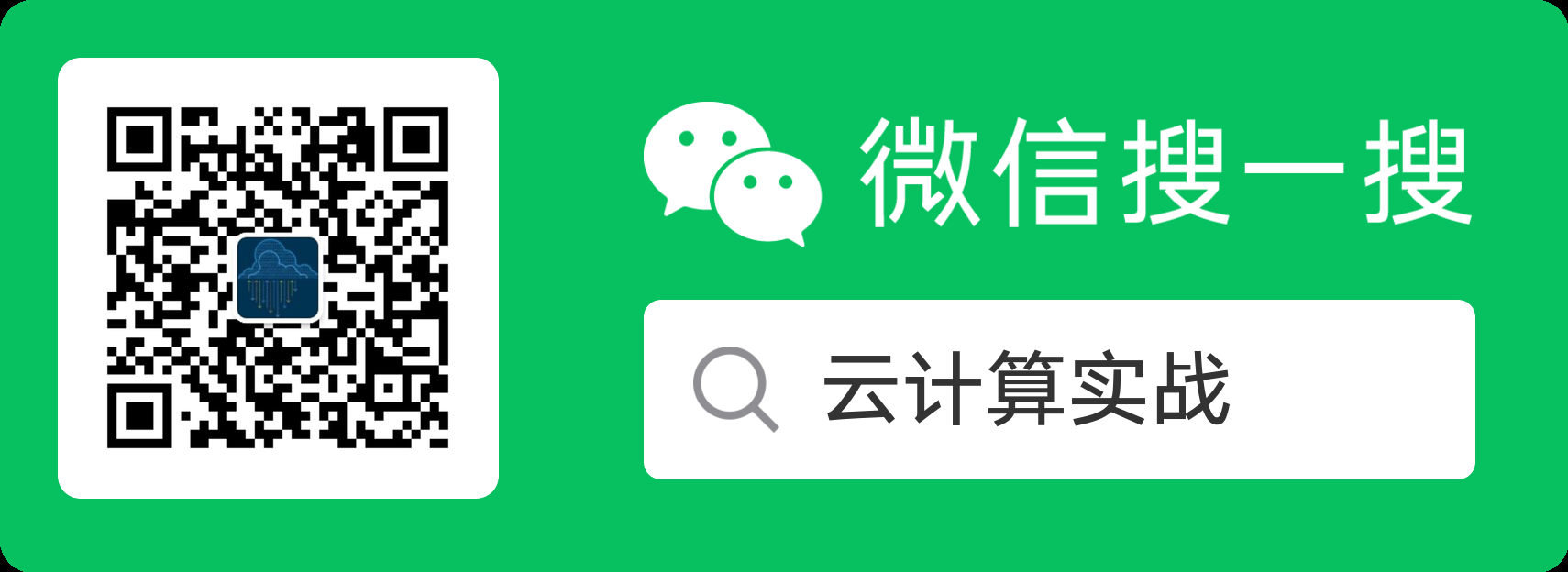本案例适用于开发者入门理解Azure Functions/ IoT Hub / Service Bus / Power BI等几款产品。

主要实战的内容为:
- 将设备遥测数据上传到物联网中心,
- 将遥测数据路由到消息中间件的Topic中,
- 使用Azure Function解析消息中间件Topic中的消息并推送到大屏 。
本文主要是本案例的准备工作,即(第1条和第2条的内容):
1.创建IoT Hub:
- 创建IoT Hub 消息路由,将遥测消息路由到Service Bus Topic
 本示例中的Python Device 代码来自于微软官网,请参照:
本示例中的Python Device 代码来自于微软官网,请参照:
https://docs.azure.cn/zh-cn/iot-hub/quickstart-send-telemetry-python
# Copyright (c) Microsoft. All rights reserved.# Licensed under the MIT license. See LICENSE file in the project root for full license information.import randomimport timeimport sys# Using the Python Device SDK for IoT Hub:# https://github.com/Azure/azure-iot-sdk-python# The sample connects to a device-specific MQTT endpoint on your IoT Hub.import iothub_client# pylint: disable=E0611from iothub_client import IoTHubClient, IoTHubClientError, IoTHubTransportProvider, IoTHubClientResultfrom iothub_client import IoTHubMessage, IoTHubMessageDispositionResult, IoTHubError, DeviceMethodReturnValue# The device connection string to authenticate the device with your IoT hub.# Using the Azure CLI:# az iot hub device-identity show-connection-string --hub-name {YourIoTHubName} --device-id MyNodeDevice --output tableCONNECTION_STRING = "your device conn string"# Using the MQTT protocol.PROTOCOL = IoTHubTransportProvider.MQTTMESSAGE_TIMEOUT = 10000# Define the JSON message to send to IoT Hub.TEMPERATURE = 20.0HUMIDITY = 60MSG_TXT = "{\"temperature\": %.2f,\"humidity\": %.2f}"def send_confirmation_callback(message, result, user_context):print ( "IoT Hub responded to message with status: %s" % (result) )def iothub_client_init():# Create an IoT Hub clientclient = IoTHubClient(CONNECTION_STRING, PROTOCOL)return clientdef iothub_client_telemetry_sample_run():try:client = iothub_client_init()print ( "IoT Hub device sending periodic messages, press Ctrl-C to exit" )while True:# Build the message with simulated telemetry values.temperature = TEMPERATURE + (random.random() * 15)humidity = HUMIDITY + (random.random() * 20)msg_txt_formatted = MSG_TXT % (temperature, humidity)message = IoTHubMessage(msg_txt_formatted)# Add a custom application property to the message.# An IoT hub can filter on these properties without access to the message body.prop_map = message.properties()if temperature > 30:prop_map.add("temperatureAlert", "true")else:prop_map.add("temperatureAlert", "false")# Send the message.print( "Sending message: %s" % message.get_string() )client.send_event_async(message, send_confirmation_callback, None)time.sleep(3)except IoTHubError as iothub_error:print ( "Unexpected error %s from IoTHub" % iothub_error )returnexcept KeyboardInterrupt:print ( "IoTHubClient sample stopped" )if __name__ == '__main__':print ( "IoT Hub Quickstart #1 - Simulated device" )print ( "Press Ctrl-C to exit" )iothub_client_telemetry_sample_run()




